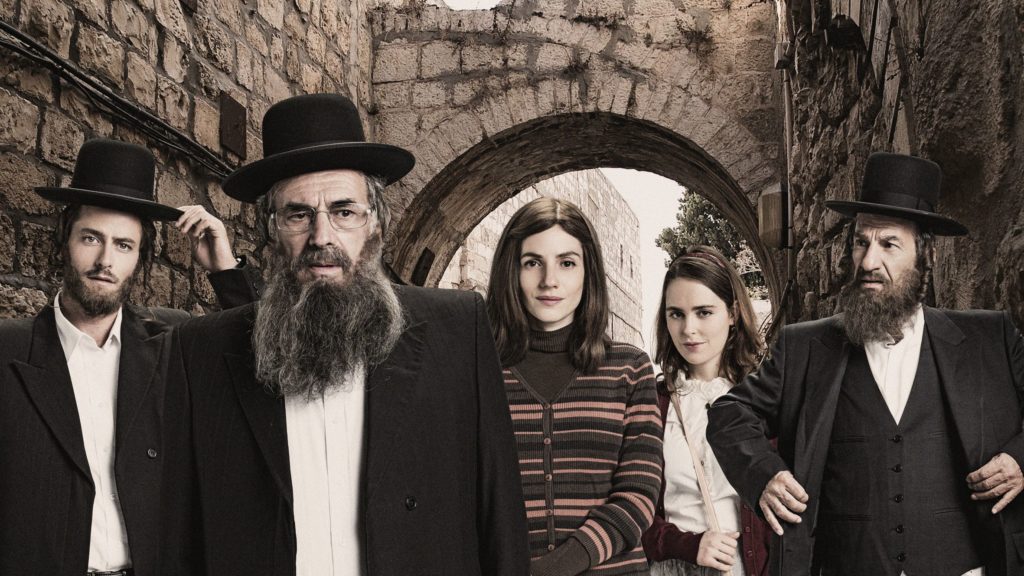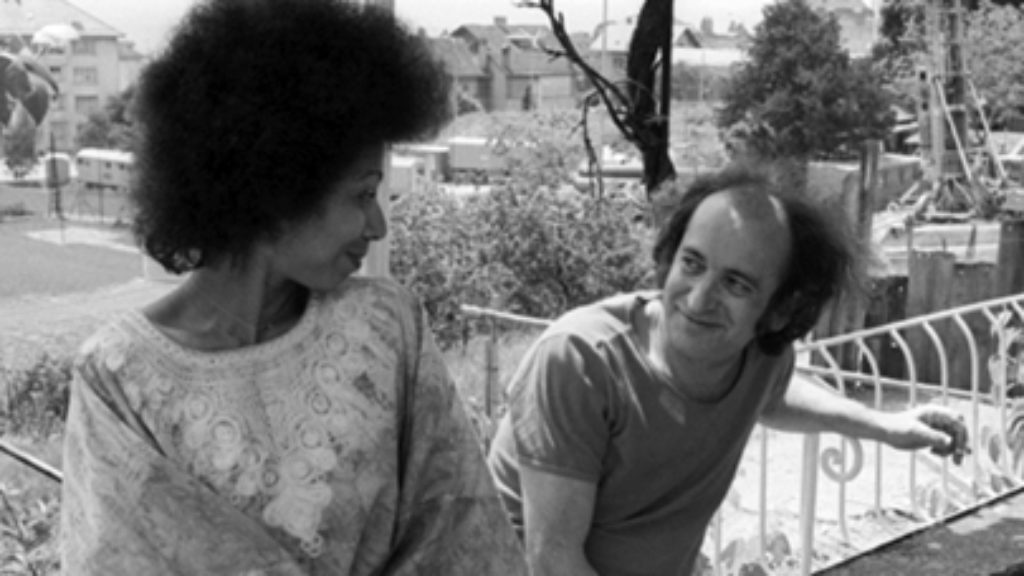The Future Is Now
In his poignant and pessimistic discussion of Jewish life in the American melting pot, Allan Arkush is skeptical about the “long-term survivability of any form of Judaism in our modern liberal democracy that isn’t rooted in solid convictions and consolidated by a disciplined and more or less segregated communal life.” In other words, Orthodoxy is the only demonstrably sustainable approach for Jewish survival in the United States. His analysis focuses on the question of what kinds of Jewish cultures could exist and thrive sustainably in the warm embrace of America society. Arkush’s historical analysis is informed by what he describes as the “discouraging statistics that chart the disaffiliation [of Jews] . . . over the past half-century.” But this historical analysis of the evolution of American Jewish culture loses sight of the fact that the American Jewish population may be, at this very moment, at a critical inflection point.
The 2013 Pew study of the U.S. Jewish community and the accompanying reports provided a wealth of valuable data, available for many kinds of analysis. Surprisingly, though, no one broke down the Jewish population data by denomination and age—until I did in 2017. When I saw the results, I was frankly stunned.
Jews aged 30–69 deserve particular attention. These people are old enough to have settled into denominations and created households, making choices about educating their children. They are also old enough to have assumed leadership positions in the community. At the time of the Pew study, there were approximately 3.4 million Jews in this age group, divided as follows: 1.2 million Jews of no denomination, 1.9 million Reform or Conservative Jews, and 0.3 million Orthodox Jews. In other words, there are six times as many Reform and Conservative potential community leaders as there are Orthodox. In this view, the Orthodox population looks fairly marginal. It is therefore no surprise that many think of the Reform and Conservative movements as being more robust. But what happens if we fast-forward 30 years?
The Jews who were aged 0–39 in 2013 will be the Jews aged 30–69 in 2043. What does this group look like? The Pew data can answer that as well. In total there will be approximately 3.1 million Jews (a slight dip from the present day), with 1.1 million Jews of no denomination, 1.4 million Reform or Conservative Jews, and 0.6 million Orthodox Jews. This represents slightly more than a 25 percent decline in the Reform and Conservative communities and a near doubling of the Orthodox population. What is particularly important to note about these population shifts is that they are essentially locked in, because all of these people already exist. Ignoring the very small number of Jewish converts, there is no way to produce more Jewish 20-year-olds today.
One caveat to these dramatic statistics is that one could imagine some fluidity between the denominations. In particular, young Jews who currently identify with no denomination might eventually settle into a Reform or Conservative affiliation, shifting the balance. Let’s assume, for argument’s sake, that 50 percent of Jewish 20-somethings who currently say they are of no denomination identify with a liberal denomination in 2043 (and that most Reform and Conservative Jews remain in those camps). This would effectively shift 0.2 million individuals from the no-denomination column to the Reform and Conservative column, taking the edge off the decline of institutionalized liberal Judaism.
The data show that the next few decades will see substantial demographic shifts that put the organized non-Orthodox communities in a difficult situation. On the one hand, their commitment to being open and welcoming to Jews of all backgrounds and to engaging them in Jewish communal life increases the number of engaged Jews. On the other hand, the flip side of being open and welcoming is that these communities are confronting the very real challenges of low fertility and intermarriage that are eroding their numbers—and that process could accelerate. This may even be an insurmountable challenge for the non-Orthodox because of the inherent tension between openness and resisting assimilation.
But instead of putting all the onus on liberal Jewry by asking only what the non-Orthodox ought to do to reverse their own demographic decline, perhaps we should also be asking what the Orthodox can do to bolster their co-religionists. Some of this is already taking place through the thousands of haredi outreach workers that Arkush describes, who are seeking to boost Jewish observance and engagement. Such efforts represent a change of attitude but also reflect a change in capacity that is linked to the demographic shifts. The uniquely American and sustainable Judaism that Arkush searches for may thus be a form of confident Orthodoxy that is less insular and sees itself as a central and engaged part of the entire Jewish community. This community will be one in which some Jews have faith and some Jews don’t, but most Jews at least have faith in each other.
Looking for the other items in this symposium? We recommend you begin with Allan Arkush’s cover article, “In the Melting Pot.” Then, look at responses from:
- Jack Wertheimer, whose new book is the occasion for Arkush’s piece
- David Biale, whose work figures in Arkush’s essay
- Erica Brown, who speaks movingly about the charred remains of Jewish culture that cling to the bottom of the American melting pot
Finally, Allan Arkush responded to his critics.
Suggested Reading
Biography of the Jewish Bible
An interview with David Stern on the many physical forms of the Jewish Bible, from parchment scroll to electronic tablet.
Missed Connections
Joseph Skibell, like any good historical novelist, is a dybbuk—he animates the dead.

Tragedy and Comedy in Black and White
Lately it seems to be the season of haredim on screen. Sarah Rindner's immersion in this very particular oeuvre began with Shtisel, the 2013 runaway hit Israeli TV series, which depicts a haredi family in Jerusalem in all of its complicated, charming dysfunction.

Lamed-Vovnik
André Schwarz-Bart's posthumous The Morning Star goes where no Holocaust novel has gone before.

Comments
You must log in to comment Log In